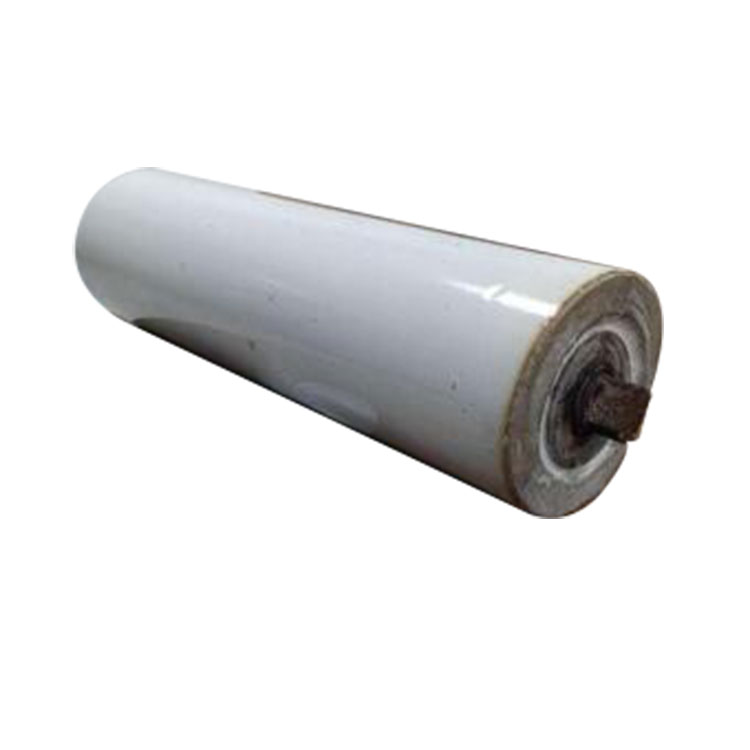Brief introduction and maintenance of conveyor idlers
2024-06-19
Conveyor idlers are a critical component of belt conveyor systems, providing support to the conveyor belt and the materials being transported. They play a vital role in maintaining the belt's alignment, ensuring smooth operation, and reducing wear and tear on the belt. Idlers are typically made up of rollers, bearings, and a frame or bracket that supports the rollers.
Types of Conveyor Idlers
1. Carrying Idlers: Support the loaded belt.
2. Return Idlers: Support the empty belt on its return journey.
3. Impact Idlers: Positioned at loading points to absorb shock.
4. Self-aligning Idlers: Help in correcting belt misalignment.
5. Transition Idlers: Support the belt during changes in profile.
6. Comb Idlers: Clean sticky or abrasive materials from the belt.
7. Training Idlers: Assist in maintaining belt alignment.
8. Rubber Disc Idlers: Prevent material buildup and keep the belt clean.

Maintenance of Conveyor Idlers
Proper maintenance of conveyor idlers is essential to ensure efficient operation, prolong their lifespan, and prevent costly downtime. Here are some key maintenance practices:
1. Regular Inspection:
- Inspect idlers regularly for signs of wear, damage, or misalignment.
- Check for unusual noises, vibrations, or irregular movement.
2. Cleaning:
- Keep the idlers and surrounding area clean to prevent material buildup.
- Use appropriate cleaning tools to remove debris from the idlers and belt.
3. Lubrication:
- Lubricate bearings as recommended by the manufacturer to reduce friction and wear.
- Ensure the correct type and amount of lubricant is used.
4. Alignment:
- Regularly check the alignment of idlers to ensure the belt runs straight.
- Adjust self-aligning and training idlers as needed to correct any misalignment.
5. Tightening and Securing:
- Ensure all bolts and fasteners are tight and secure to prevent idlers from shifting or loosening.
- Check for any signs of wear or elongation in bolt holes.
6. Replacement:
- Replace worn or damaged idlers promptly to avoid further damage to the conveyor system.
- Keep a stock of commonly used idlers and components for quick replacement.
7. Monitoring:
- Implement a monitoring system to track the condition and performance of idlers.
- Use sensors or automated systems to detect and alert about potential issues.
Specific Maintenance Steps
1. Daily Checks:
- Visual inspection for any obvious signs of damage or misalignment.
- Listen for unusual noises that might indicate a problem.
2. Weekly Maintenance:
- Clean the idlers and surrounding areas.
- Check the alignment of the belt and idlers.
- Ensure all idlers rotate freely without resistance.
3. Monthly Maintenance:
- Perform a more thorough inspection of idlers and their bearings.
- Lubricate bearings as necessary.
- Inspect the condition of the belt in relation to the idlers.
4. Annual Maintenance:
- Conduct a comprehensive review of the entire conveyor system.
- Replace any idlers that show significant wear or damage.
- Assess the overall alignment and tension of the conveyor belt.
By adhering to these maintenance practices, conveyor idlers can operate more efficiently, resulting in reduced downtime and extended lifespan of the conveyor system. Regular maintenance not only ensures smooth operation but also enhances the safety and reliability of the conveyor system.


